Text

insanity
[links in the replies]
#julie andrews#christopher plummer#interview#the sound of music#sound of music#hollywood#old hollywood#otp#musical#60s#captain von trapp#maria von trapp#theatre#cvt#*
70 notes
·
View notes
Text


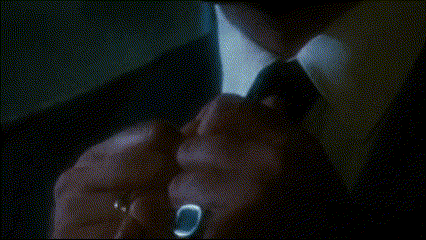
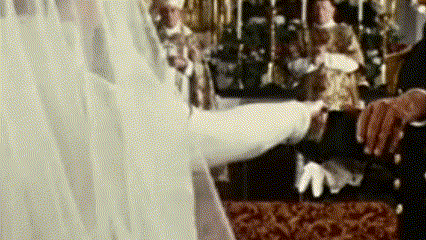
#julie andrews#christopher plummer#the sound of music#sound of music#old hollywood#hollywood#otp#musical#movie musicals#60s#captain von trapp#maria von trapp#vintage#theatre#cvt#*
107 notes
·
View notes
Text





"Soviet Metro Stations" by Chris Herwig, 2019. (1/3)
#art#architecture#design#photography#chris herwig#metro#subway#station#interior design#soviet#soviet union#socialist classicism#stalinist architecture#neoclassical#neoclassicism#moscow
7 notes
·
View notes
Text



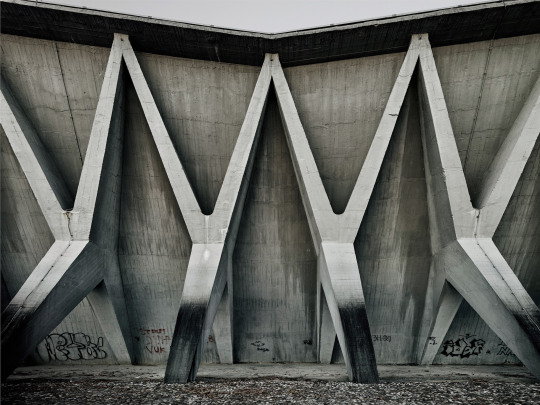
"Toward a Concrete Utopia: Architecture of Yugoslavia, 1948-1980" by Valentin Jeck, 2018 (Pt. 3)
#valentin jeck#photography#architecture#brutalist#brutalism#yugoslavia#moma#design#concrete#museum of modern art#art#liminal#liminal space#*
137 notes
·
View notes
Text




"Toward a Concrete Utopia: Architecture of Yugoslavia, 1948-1980" by Valentin Jeck, 2018 (Pt. 2)
#valentin jeck#photography#architecture#brutalist#brutalism#yugoslavia#moma#design#concrete#museum of modern art#art#liminal#liminal space#*
646 notes
·
View notes
Text


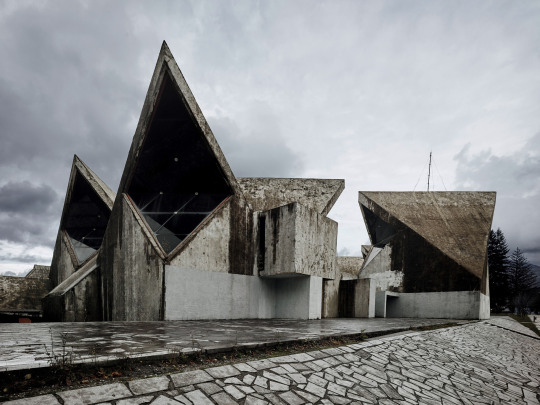
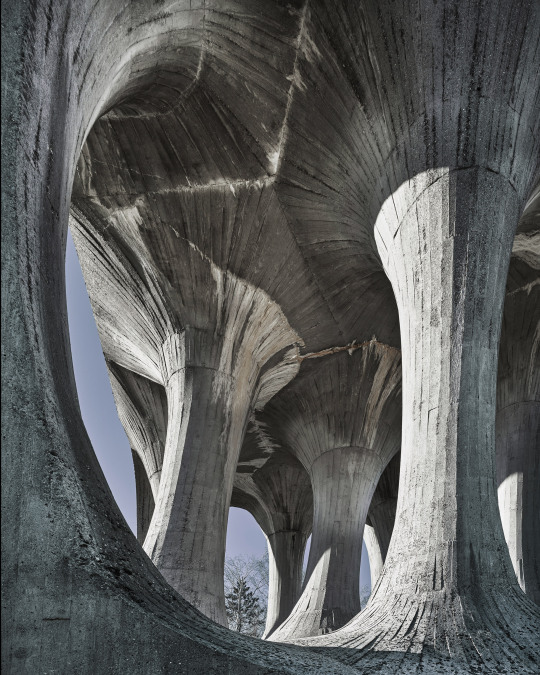

"Toward a Concrete Utopia: Architecture of Yugoslavia, 1948-1980" by Valentin Jeck, 2018 (Pt. 1)
#valentin jeck#photography#architecture#brutalist#brutalism#yugoslavia#moma#design#concrete#museum of modern art#*#art#liminal#liminal space
597 notes
·
View notes
Photo


The Clash perfoming “Should I Stay or Should I Go” on SNL, 1982
514 notes
·
View notes
Text



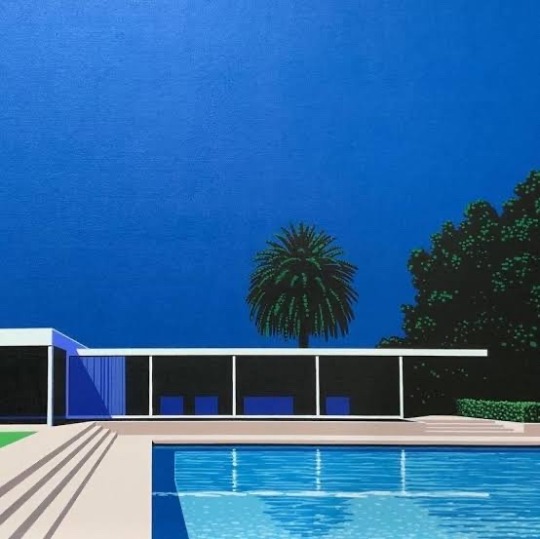

"Pools" by Hiroshi Nagai, 1980s
#hiroshi nagai#painting#paintings#illustration#aesthetic#liminal#art#pop art#japanese artists#pools#poolside#city pop art#*#liminal space
1K notes
·
View notes
Photo

thank you
454 notes
·
View notes
Note
mr. gaiman,
I'm rewatching good omens again for the 700th time and i just saw that in ep 4 when Shadwell "exercises" aziraphale, he goes in the bookshop and calls aziraphale a "foul fiend". this is what aziraphale calls crowley. Does this mean that aziraphale has fallen? I also saw throughout the episode indications that aziraphale might have fallen.
That's all :D
No, it means that Aziraphale has liked the phrase ever since he heard it in a Shakespeare play, and that Shadwell, who has it pinned to his front door thinks it's a very important thing to do (but probably doesn't know that it's Shakespeare).
It's from King Lear, and is said by Edgar: Let not the creaking of shoes nor the rustling of silks betray thy poor heart to woman. Keep thy foot out of brothels, thy hand out of plackets, thy pen from lenders' books, and defy the foul fiend.

1K notes
·
View notes
Text
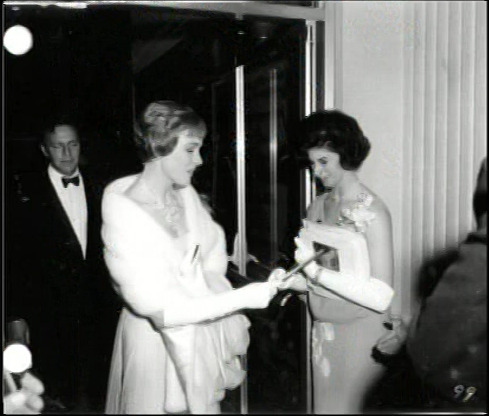
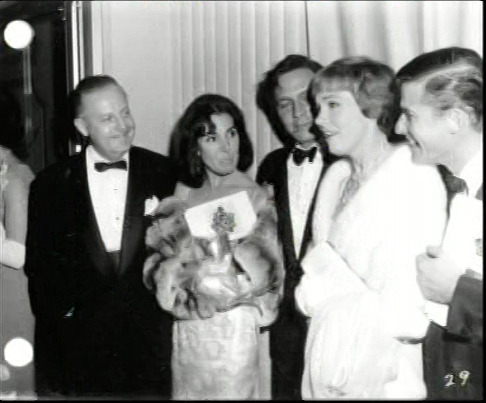

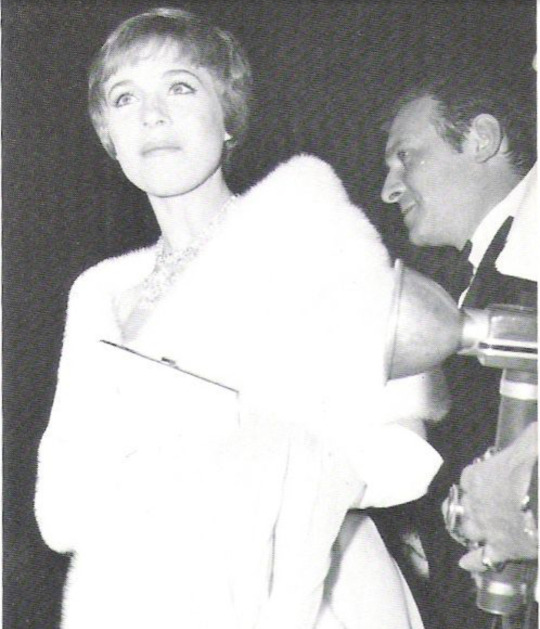


Julie Andrews and Christopher Plummer (with Robert Wise, Roddy McDowall, and Chris' second wife Patricia Lewis) at The Sound of Music premiere, 1965
#the sound of music#sound of music#hollywood#old hollywood#julie andrews#christopher plummer#otp#60s#vintage#black and white#*
93 notes
·
View notes
Photo







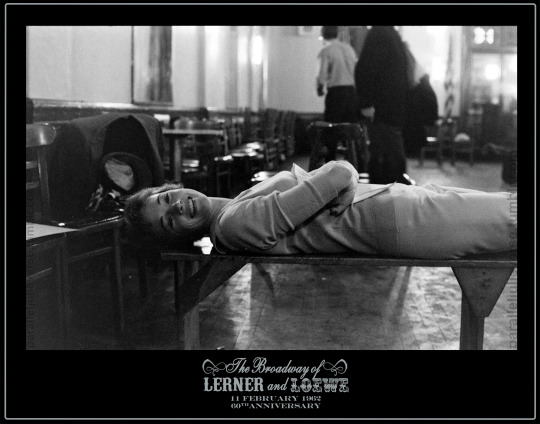
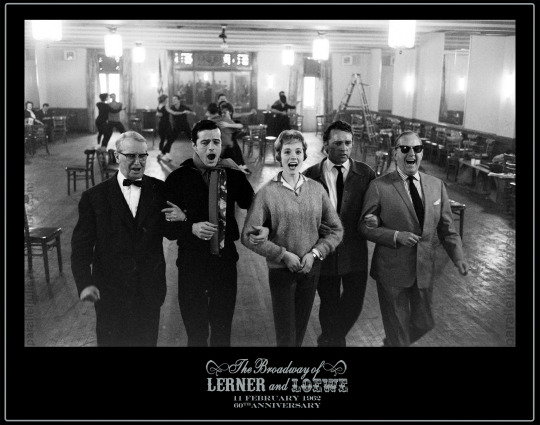

The Broadway of Lerner and Loewe: Leonard McCombe for LIFE magazine, December 1961
As a follow-up to our last post marking the 60th anniversary of The Broadway of Lerner and Loewe, here we profile a selection of rehearsal photos from the show that were taken by Leonard McCombe for LIFE magazine.
McCombe was one of the most celebrated photojournalists of the twentieth-century. Born in 1923 on the Isle of Man, he first took up photography in his adolescence at the recommendation of a teacher and he quickly proved a gifted artist with the camera. By age 16, he was selling his work to newspapers, and, by 21, he was the youngest person ever to be admitted as a Fellow of Royal Photographic Society (Neuberg 50).
Working in the ‘available light’ tradition, McCombe became known for his candid work and his knack for ‘seizing the moment in which people are at their most revelatory’ (Loengard 88). He would always carry a camera with him and use it to ‘record his impressions and intimate reactions as naturally as another man does in his diary’ (McCombe 93).
Throughout the war, McCombe worked as a staff reporter for Picture Post in London where he documented wartime life for service personnel and homefront families alike. Following VE Day, the young photographer was sent on assignment to the Continent where his searing images of German and Polish refugees earned widespread international acclaim. They even caught the eye of Henry Luce, the famed US publishing baron, who offered McCombe a position on the editorial staff of LIFE magazine in New York. Emigrating Stateside, McCombe would remain with LIFE for over 25 years till the magazine’s close in 1972 (Loengard 88).
A veritable cultural institution of mid-century America, LIFE was famous for its ‘pictorial essays’ chronicling American life across political, professional, entertainment, and personal spheres. Early photographic essays in the magazine were mostly ‘preconceived by editors and scripted in advance’ (Chapnick 30). McCombe’s work brought a spontaneity and immediacy that shifted the magazine’s photographic house style. He quickly established a high profile in American photojournalism. In 1950, at age 27, he was named ‘News Photographer of the Year’ and he took out the same prize five years later, becoming the only photographer to win twice (Time Inc 1950 and 1955).
Most of McCombe’s work for LIFE focussed on ordinary Americans. His two most celebrated photo-essays, for example, documented a day in the life of an aspiring 1950s Madison Avenue ‘working girl’ and the twilight culture of American cowboys in the Texas panhandle (Loengard 1998). However, given the enormous significance of celebrity to American culture and, by extension, American publishing, he was inevitably called upon to shoot well-known subjects as well: ranging from US presidents to Hollywood stars. In keeping with his personal style, McCombe eschewed the staged formalism typically used in celebrity portraiture for a more improvised approach: ‘being with the subject and capturing the off-guard moments in a real person’s life’ (Chapnick 31).
These behind-the-scenes shots from The Broadway of Lerner and Loewe are a good case-in-point. Taken for a multi-page spread in the 5 January issue of LIFE that was promoting ‘a pair of TV blockbusters’ from Julie and Lucille Ball, the shoot highlights the stars in rehearsals – ‘working up routines’ and ‘giving out [with] high spirits’ – rather than the polished end product (Thompson 75). Through McCombe’s fly-on-the-wall lens, we see the grinding labour of stardom as the performers practise numbers and work on their choreography. We also see them in unguarded moments, taking a break, conversing between sessions, collapsing with fatigue. It is an engagingly documentary approach that is very different to standard views of mid-century celebrity culture.
It was not the first time McCombe shot Julie. He took the photos – including the famous cover image – that accompanied Julie’s first star spread in the 26 March 1956 issue of LIFE when she was appearing in My Fair Lady. He also shot her at various social events in New York over the years, including the 1959 party Jack Benny threw in her honour and again at the opening night party for Sammy Davis Jr’s Golden Boy at Sardi’s in October 1964. In all these examples, McCombe brought a characteristic freshness and off-the-cuff candour that continues to captivate more than half-a-century later.
Sources:
Chapnick H (1994) Truth needs no ally: Inside photojournalism. University of Missouri Press, Columbia MO.
Loengard J ed. (1998) LIFE photographers: what they saw. Bullfinch Press, Boston, Mass.
McCombe L (1953) I become a citizen: LIFE’s cameraman tells how he took new home. LIFE. 17 August: 93-101.
Neuberg H (1952) Leonard McCombe. Camera: Internationale Monatsschrift für Photographie und Film. No. 31: 47-50.
Thompson EK (1962) Spotlight: A lusty return by Lucy, a tuneful romp for Julie: two queen prepare for TV shows. Life. 52(1) 5 January: 74-79.
Time Inc (1950) Speaking of pictures…: LIFE’s Leonard McCombe is picked as “news photographer of the year”. LIFE. 28(15) 10 April : 12-15.
Time Inc (1955) Speaking of pictures…: Winning group, these four photos helped LIFE men get top prizes. LIFE. 28(15) 10 April : 12-14.
Copyright © Brett Farmer 2022
25 notes
·
View notes
Text

drinkig wader
52K notes
·
View notes




